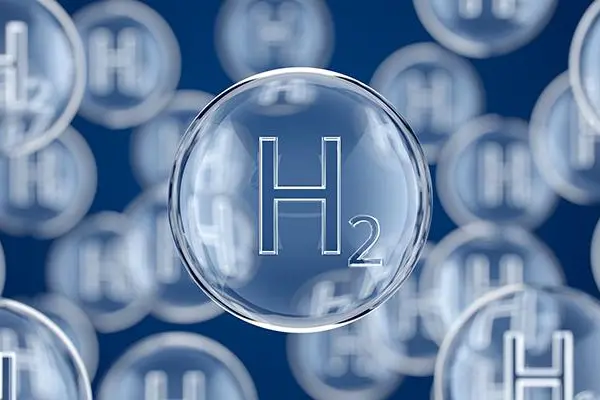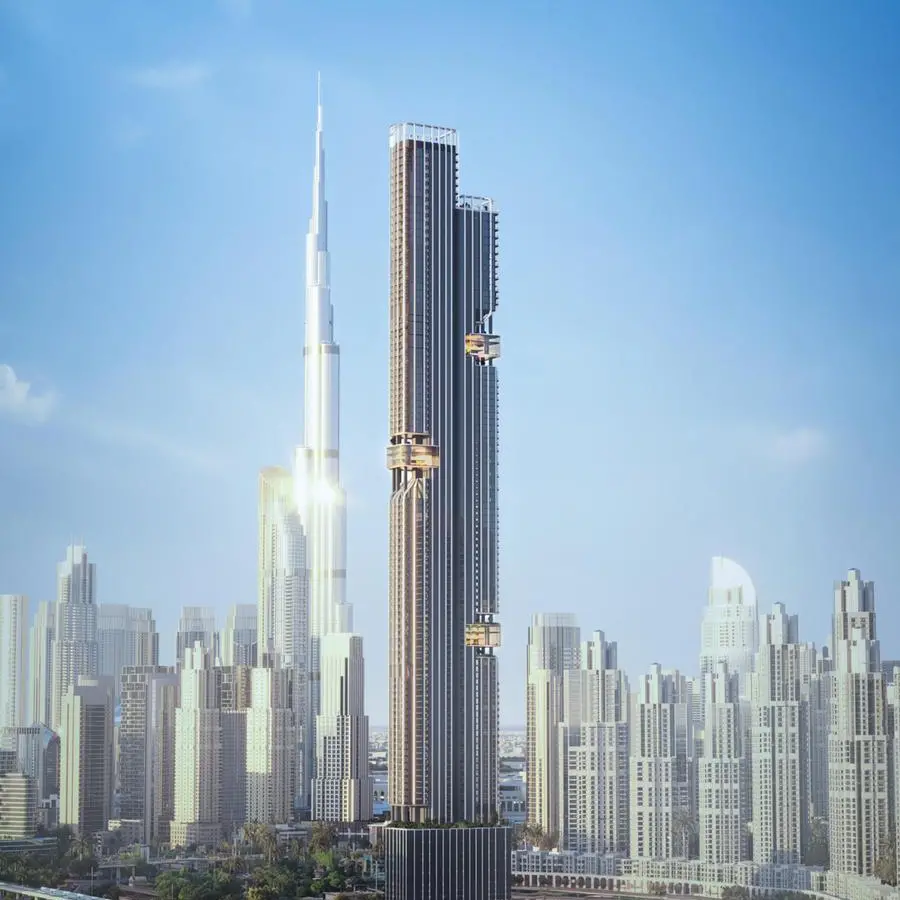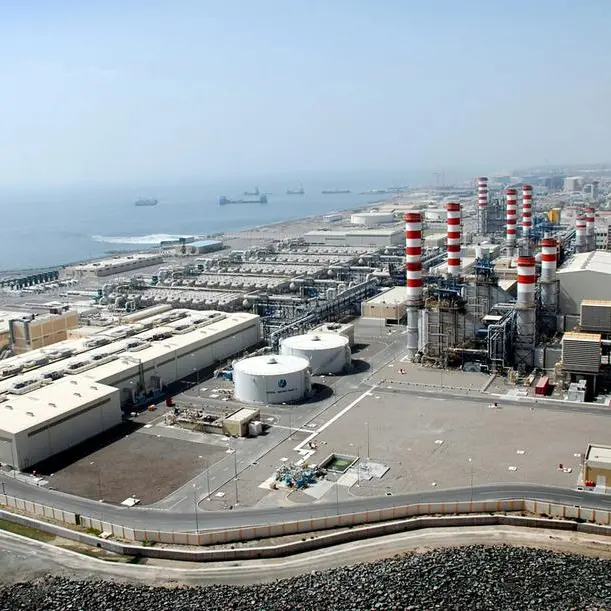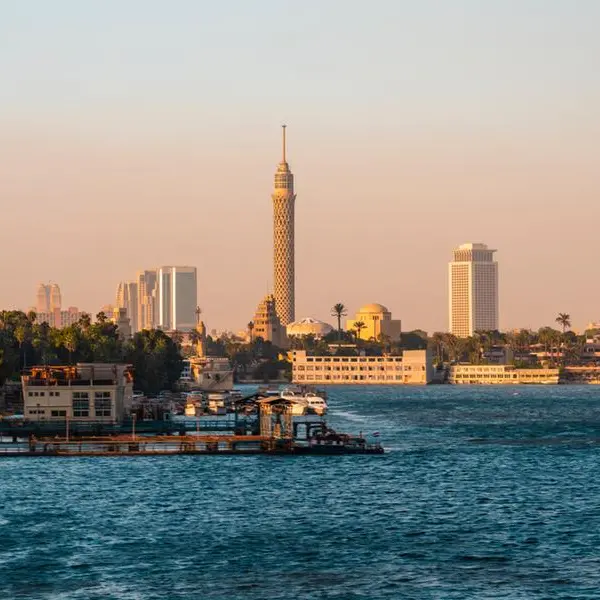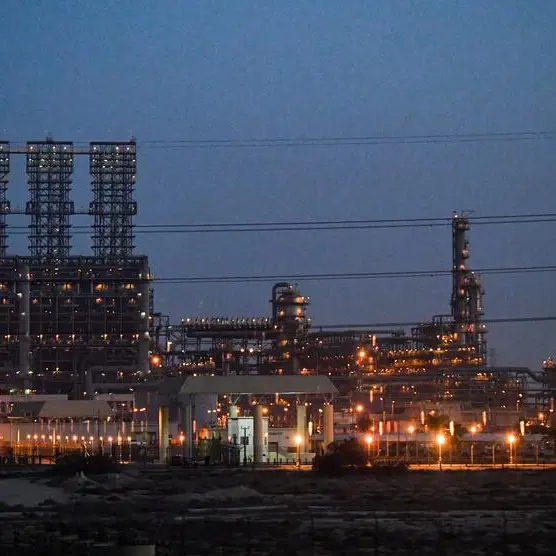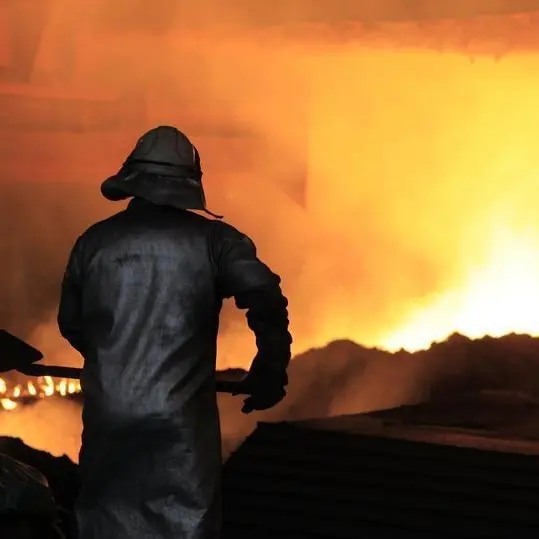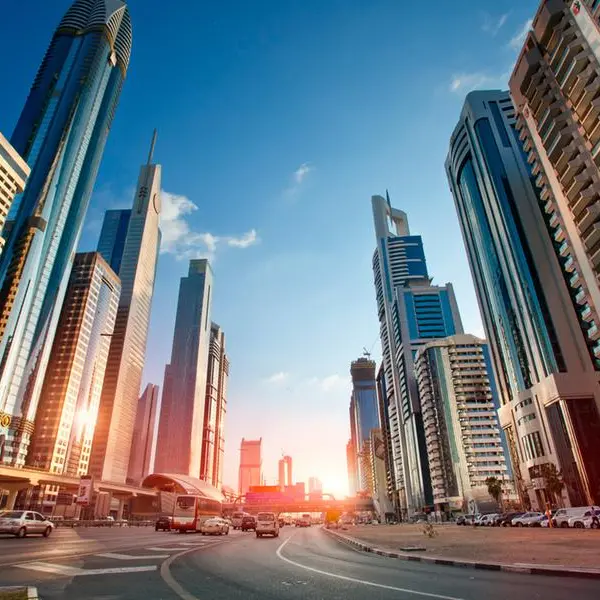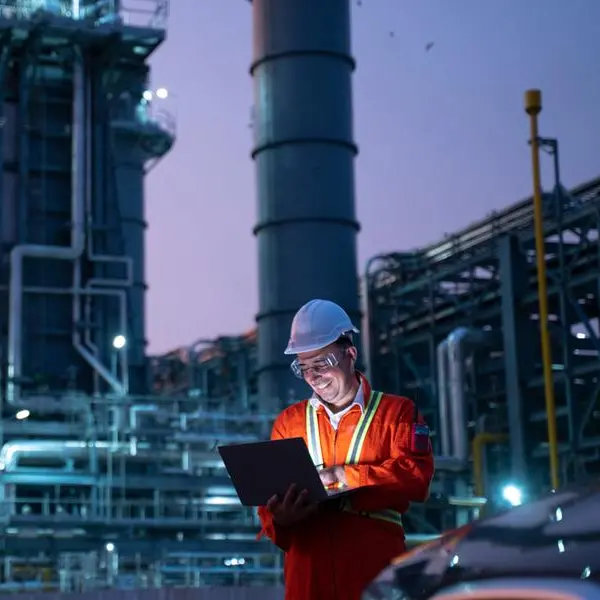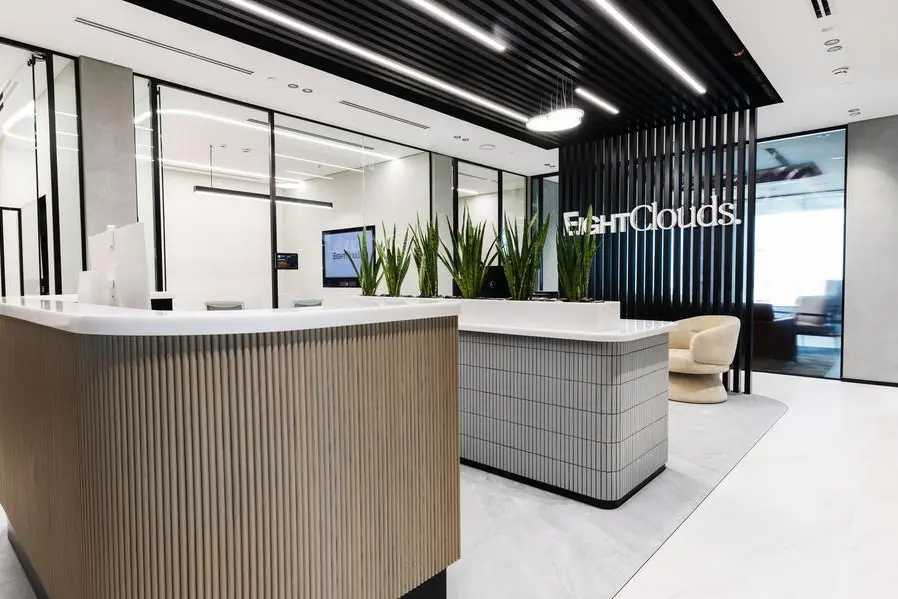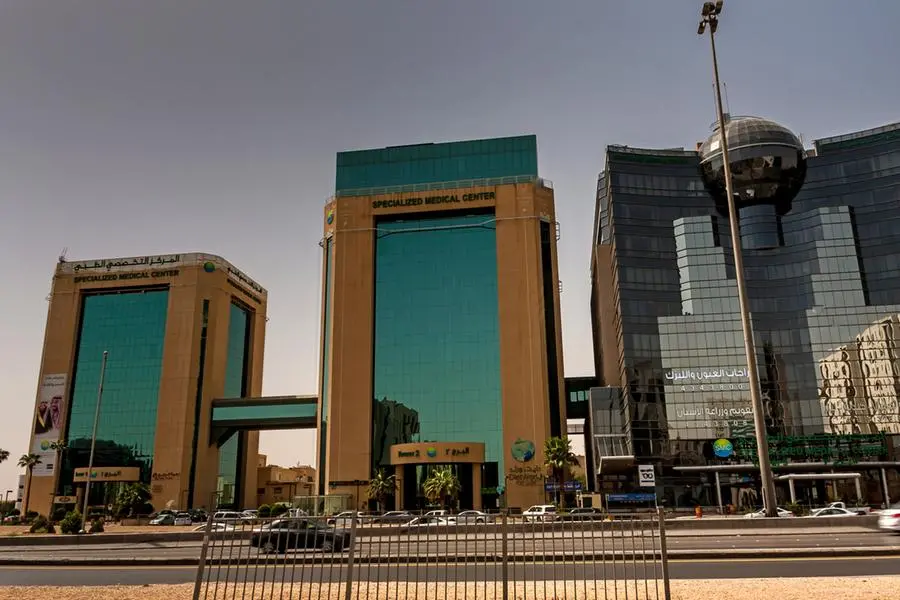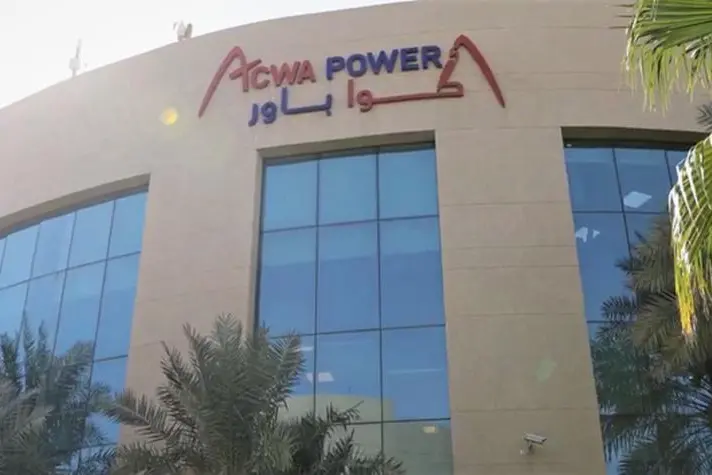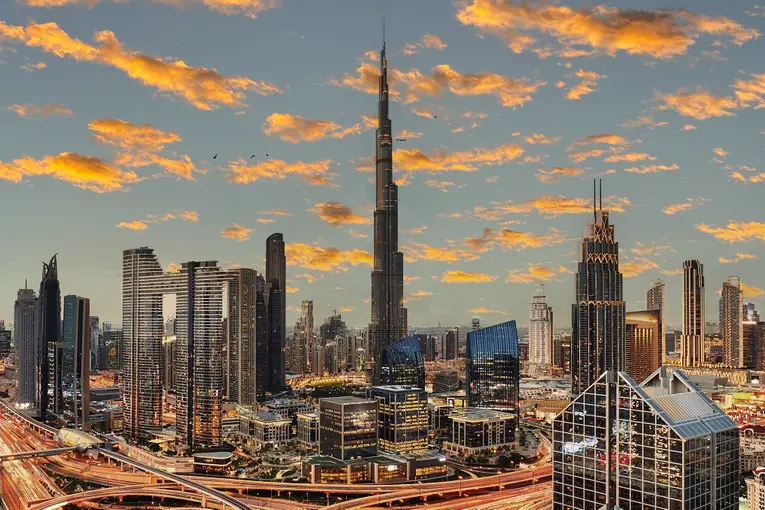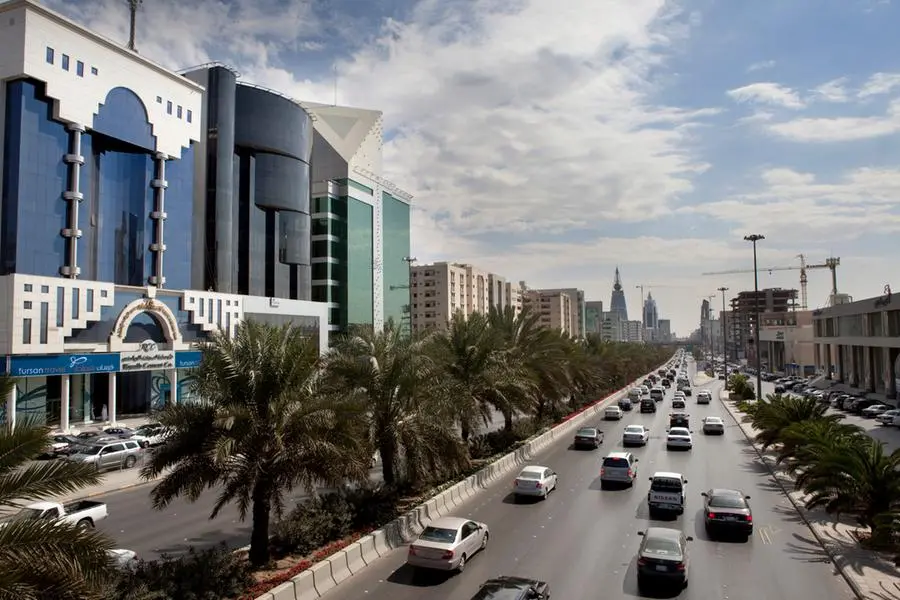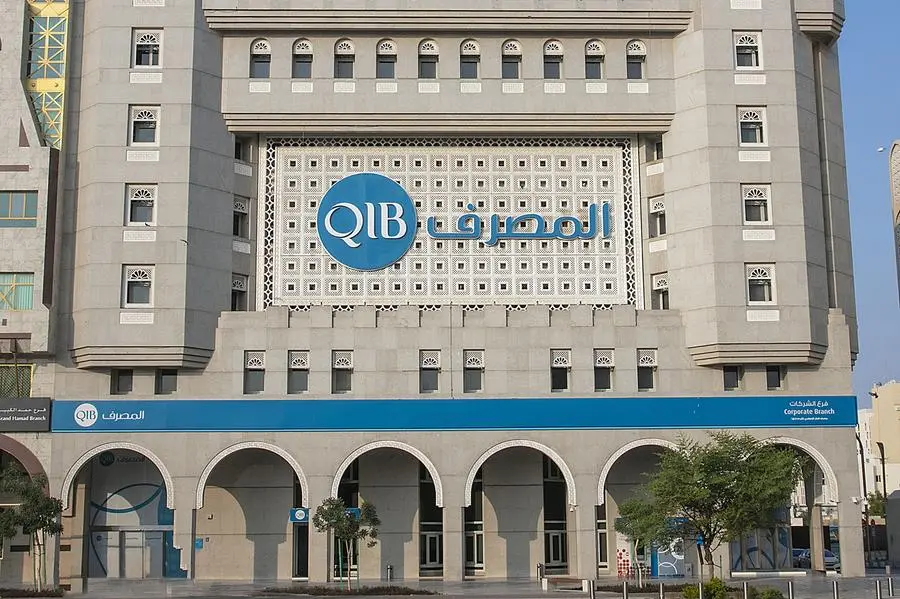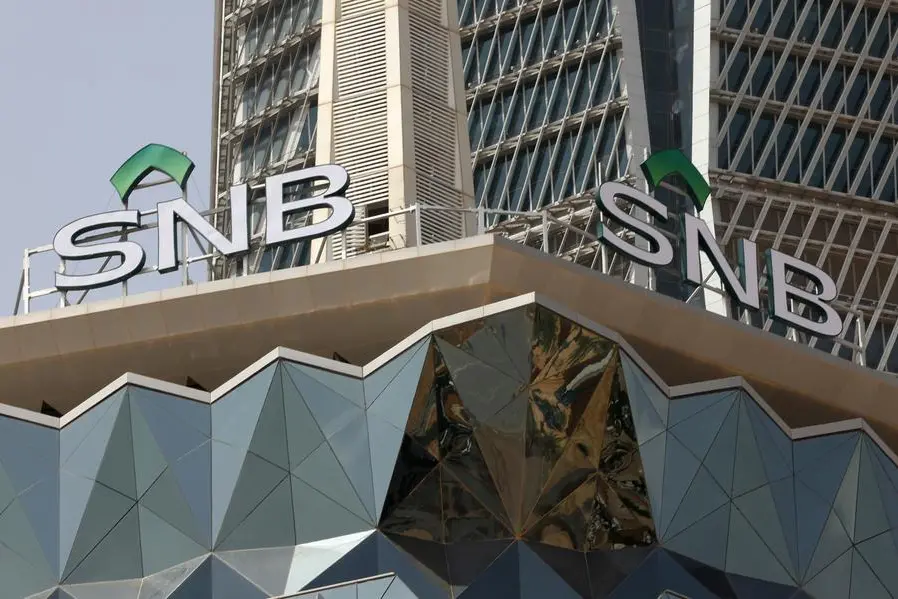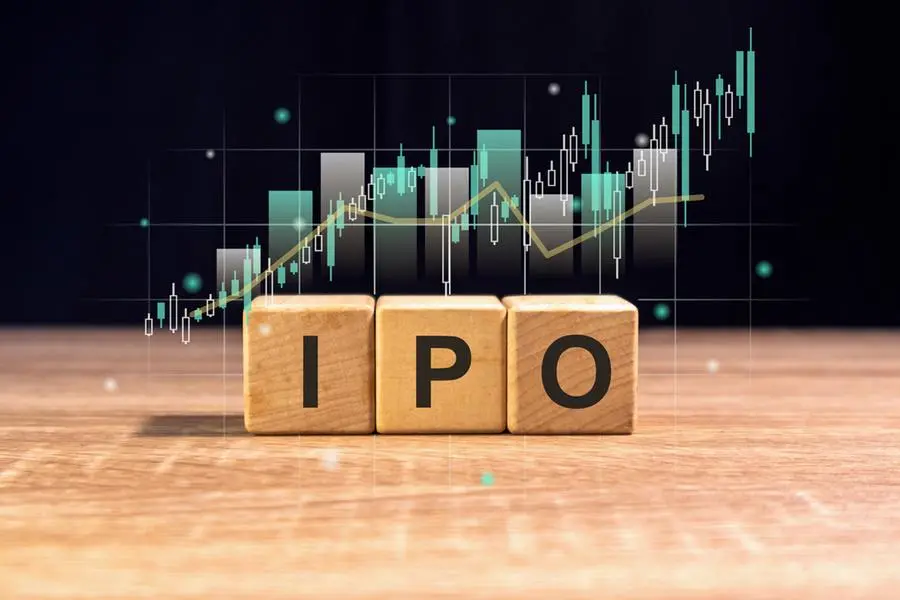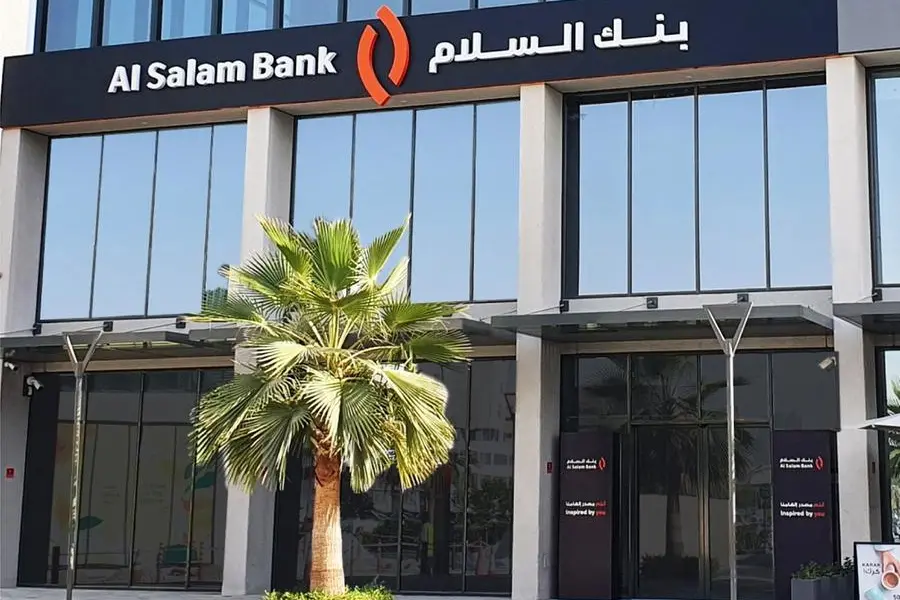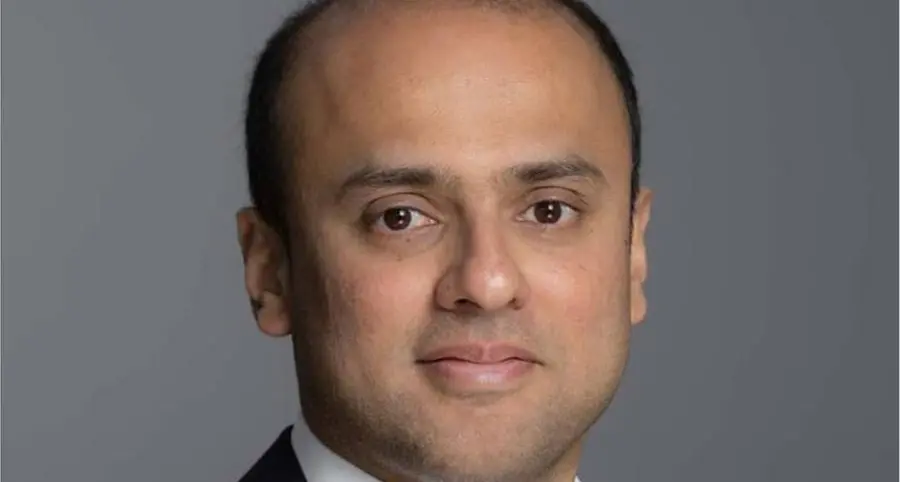PHOTO
Image used for illustrative purpose.
S&P Global Platts (Platts), the leading independent provider of information, analytics and benchmark prices for the commodities and energy markets, has launched daily cost of production prices for hydrogen in Saudi Arabia, Oman, Qatar and United Arab Emirates.
The price assessments were launched on 22 November 2021.
S&P Global Platts said in a statement that the prices reflect the daily cost of hydrogen production via proton exchange membrane (PEM) electrolysis, alkaline electrolysis, and steam methane reforming with carbon capture and sequestration.
It said the new assessments covering the Middle East complement Platts’ existing suite of hydrogen production prices which extend to North America, Europe, Japan, and Australia.
S&P Global Platts Analytics estimate the total investment value of announced hydrogen projects in the Middle East amounts to $44 billion. Of this total, $35 billion is being invested in projects that are expected to be operational by 2030. Investments in new production are being driven by hydrogen’s potential to deliver significant reductions in carbon emissions across the whole economy.
In June, a Zawya Projects report, quoting a joint study by Dii Desert Energy, Roland Berger and Masdar, said the Gulf Cooperation Council (GCC) countries can generate annual revenues of up to $200 billion from green hydrogen and create up to one million jobs across the value chain by 2050. The study had found there is potential for long-term renewable energy deployment of up to 1,000 gigawatts (GW), with up to 500 GW electrolyser capacity, leading to the production of approximately 100 million metric tonnes of green hydrogen.
Alan Hayes, Head of Energy Transition Pricing at S&P Global Platts, said: “Huge amounts of capital are being invested in hydrogen production in the Middle East and the projects under development will put the region at the centre of the emerging hydrogen economy. The Middle East has the potential to become a global supply hub for hydrogen in much the same way as it is now for crude oil. This latest expansion of Platts hydrogen price coverage to include the Middle East will allow market participants to track the cost of production in this key region and importantly compare the costs of producing with other hydrogen production hubs around the world.”
Hydrogen can deliver lower carbon emissions across a range of sectors including road transportation, as a feedstock in industries such as steel making and even in power generation, directly or when converted to ammonia. It is this flexibility and advances in technology that are driving the investment surge in global hydrogen production.
Hydrogen production competitiveness
The first hydrogen cost of production prices for Saudi Arabia and UAE highlights the importance of regional differences in feedstock prices in determining the relative competitiveness of hydrogen production around the world. The latest assessments suggest a clear cost advantage for methane steam reforming in the UAE and Saudi Arabia in the current market. The first UAE assessment for steam methane reforming with carbon capture and sequestration is $5.60/kg which is in line with the same production pathway in Saudi Arabia which stands at $5.50/kg. This compares to $5.95/kg in Western Australia and EUR5.70/kg ($6.43/kg) in the Netherlands.
Comparisons across the electrolyser pathways show a more varied picture but indicate a clear cost advantage for Australia in the current market, compared to both the UAE, Saudi Arabia and the US Gulf Coast.
In Western Australia, alkaline and PEM electrolysis production pathways were assessed at $2.11/kg and $3.39/kg, respectively. In the US Gulf, the latest alkaline pathway costs were assessed at $2.96/kg and PEM at $3.95/kg. In the UAE alkaline electrolysis was at $4.51/kg and PEM at $5.74/kg. In Saudi Arabia, the alkaline electrolysis production route was assessed at $3.24/kg, while PEM electrolysis was assessed at $4.26/kg.
According to the press statement, the spreads in the cost of hydrogen production between regions will play a significant role in differentiating hydrogen prices around the world. These differences in price will have a major impact on the development of trade routes between the higher cost producers and emerging demand centres.
The cost of production assessments indicate that different production routes may favour different regions when it comes to establishing global hydrogen trade routes, the statement noted.
Saudi and the UAE recently announced their net zero pledges and hydrogen has a key role to play in achieving these targets. Saudi Arabia is targeting low carbon hydrogen production of 2.9 million tonnes per annum (mtpa) by 2030 and 4 mtpa by 2035 while the UAE is targeting a 25 percent global market share of low-carbon hydrogen by 2030.
(Writing by Sowmya Sundar; Editing by Anoop Menon)
Disclaimer: This article is provided for informational purposes only. The content does not provide tax, legal or investment advice or opinion regarding the suitability, value or profitability of any particular security, portfolio or investment strategy. Read our full disclaimer policy here.
© ZAWYA 2021